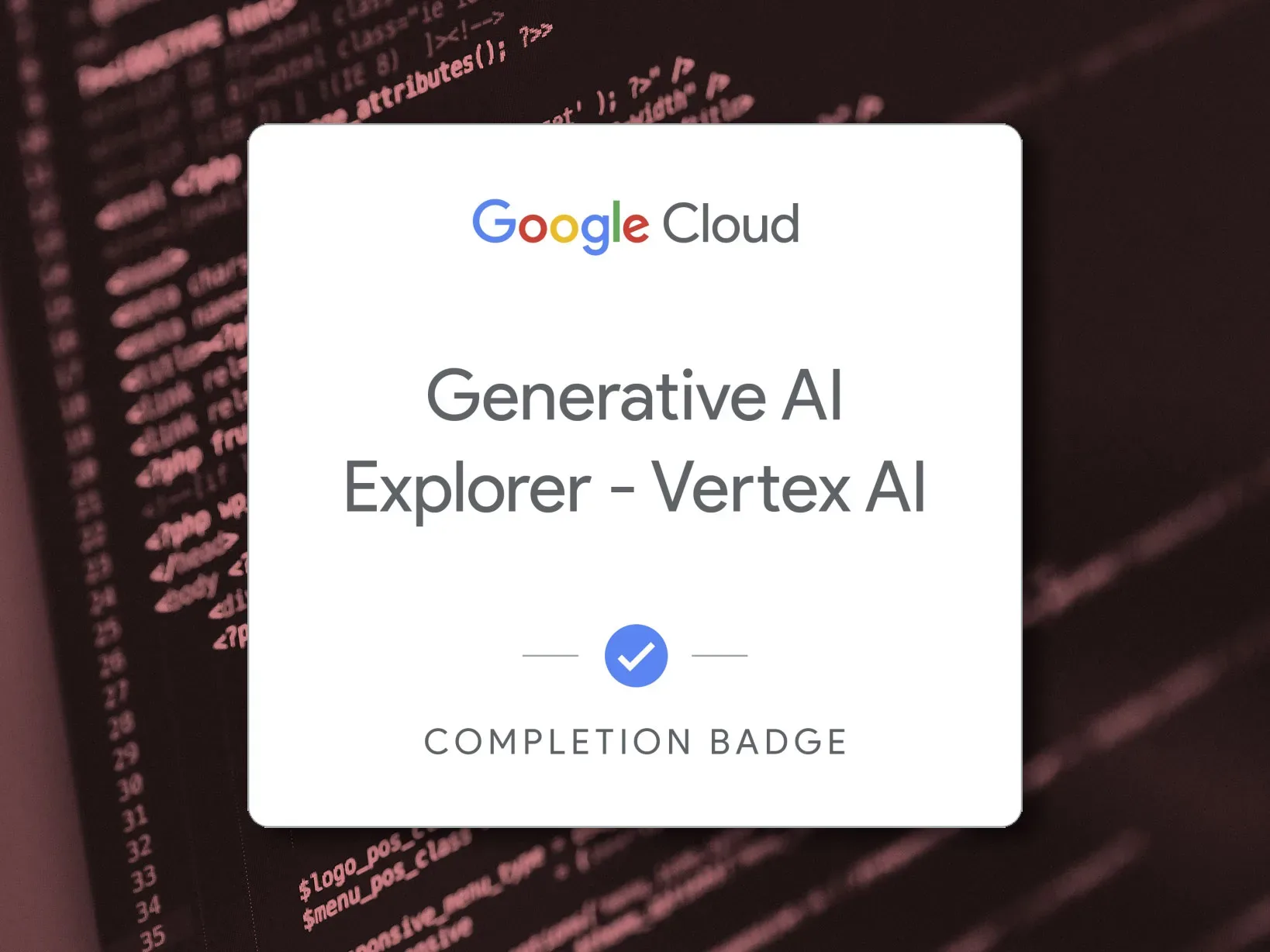A little while ago, I completed a short course about Generative AI and Google’s Vertex AI platform. I’ve always believed in continuous learning, especially in a domain as dynamic as Artificial Intelligence. Today, I’d like to share some key insights from this course, both for AI enthusiasts considering this educational journey and for potential collaborators or employers looking to understand the depth of my experience.
What is Generative AI?
Generative AI is a subset of artificial intelligence that focuses on systems that can produce content. From creating fictional stories, auto-generating code, to mimicking art styles, its applications are vast and growing. Google’s Vertex AI course dives deep into this space, providing learners with both a foundational understanding and hands-on experience.
Key components of the course:
- Large Language Models (LLMs): The realm of LLMs, with their expansive capabilities, was explained. I ventured into diverse use-cases, understanding their significance, and mastered techniques like prompt tuning to optimize LLM performance.
- Generative AI Studio UI: I delved into the offerings of language models and the Prompt Gallery, building my skills in creating diverse prompts and fetching responses seamlessly.
- Vertex AI PaLM API & Python SDK: This segment was foundational in understanding LLMs and the PaLM API in-depth. I experimented with text generation, chat models, and embedding models, while also getting hands-on with model parameters central to text generation.
- Prompt Engineering: The art of prompt design was a highlight, diving into best practices and the nuances of zero-shot, one-shot, and few-shot prompting.
- Application Exploration: The course facilitated deep dives into use-cases like ideation, Q&A, text classification, extraction, and summarisation, illuminating the practical power of Generative AI.
- Introduction to Responsible AI: Here, I delved into the philosophy of ethical AI development. I explored the rationale behind responsible AI and Google’s seven AI principles.
Why consider the Vertex AI course?
For AI enthusiasts, it’s a balanced blend of theory, hands-on experiences, and ethical considerations. Not only do you understand the foundational aspects, but you also get to implement them practically. Vertex AI is an end-to-end machine learning platform. By the end of this course, I felt adept at navigating the platform, crafting prompts, and even initiating AI-driven conversations. Plus, Generative AI Studio makes experimenting with generative models accessible even if you’re not a machine learning guru.
A note to potential employers and collaborators:
As I reflect on this learning journey, I recognise the valuable skills and insights I’ve acquired. My proficiency now extends from the basics of Generative AI’s user interface to experimenting with prompt engineering, ensuring AI models produce desired and context-specific outputs.
In essence, this course has been more than just another certificate added to my portfolio; it represents my commitment to staying updated in the AI domain and my readiness to leverage these skills in future projects and collaborations.

